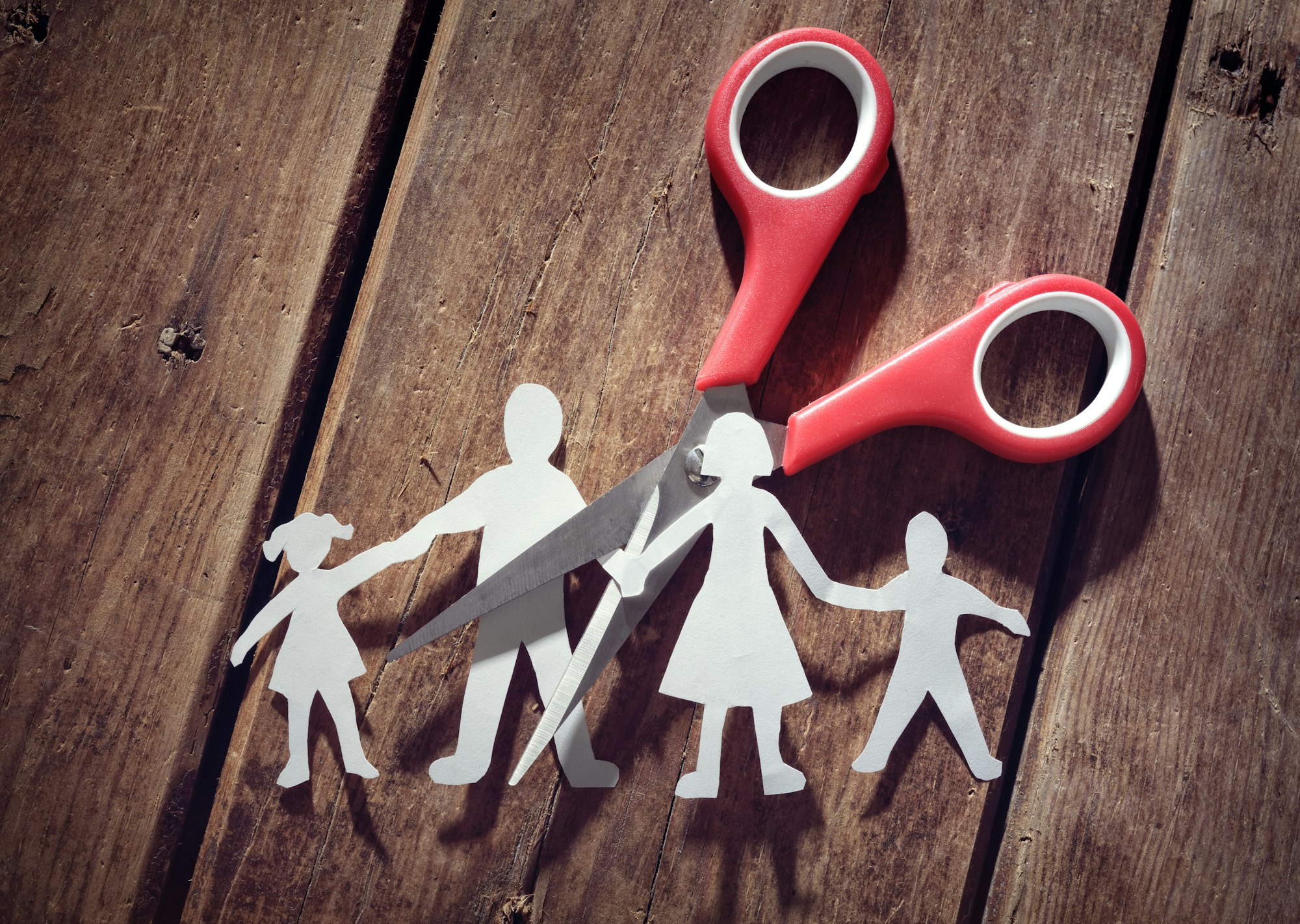Failure is often viewed as something to be feared or avoided at all costs, but in reality, it is an inevitable part of life and a powerful opportunity for growth and learning. By embracing failure and reframing setbacks as opportunities for growth, we can cultivate resilience, creativity, and perseverance in the face of challenges. In this guide, we’ll explore the importance of embracing failure and provide practical strategies for turning setbacks into opportunities for personal and professional growth.
Understanding the Importance of Failure
Failure is not the opposite of success; it is an essential stepping stone on the path to success. Every successful person has experienced failure at some point in their journey—it’s how they respond to failure that ultimately determines their success. Embracing failure means accepting that setbacks and challenges are a natural part of life and seeing them as opportunities for learning, growth, and self-improvement.
Strategies for Embracing Failure
- Shift Your Mindset: Instead of viewing failure as a negative experience, reframe it as a learning opportunity. Ask yourself: What can I learn from this experience? How can I grow and improve as a result of this setback? By shifting your mindset and embracing failure as a necessary part of the learning process, you can turn setbacks into stepping stones for success.
- Extract Lessons Learned: Take the time to reflect on your failures and extract lessons learned from the experience. What went wrong? What could you have done differently? What strengths did you demonstrate, and what areas could you improve upon? By identifying the lessons learned from failure, you can grow and develop as a person and as a professional.
- Build Resilience: Resilience is the ability to bounce back from setbacks and challenges with strength and determination. Cultivate resilience by developing coping skills, practicing self-care, and seeking support from friends, family, and mentors. Remember that resilience is like a muscle—it grows stronger with practice and perseverance.
- Embrace Creativity and Innovation: Failure can be a catalyst for creativity and innovation. Use setbacks as an opportunity to think outside the box, explore new ideas, and experiment with different approaches. Often, the most innovative solutions arise from failure and adversity.
- Keep Moving Forward: Don’t let failure hold you back or define your worth. Instead, use it as fuel to propel you forward towards your goals. Stay focused on your long-term vision and continue taking proactive steps towards achieving success, even in the face of setbacks and challenges.
Benefits of Embracing Failure
- Personal Growth and Development: Embracing failure fosters personal growth and development by challenging you to step out of your comfort zone, learn from your mistakes, and grow as a person.
- Resilience and Perseverance: Failure builds resilience and perseverance by teaching you how to bounce back from setbacks with strength and determination.
- Innovation and Creativity: Failure sparks innovation and creativity by encouraging you to explore new ideas, experiment with different approaches, and think outside the box.
Conclusion
Failure is not the end of the road—it’s an opportunity for growth, learning, and self-improvement. By embracing failure, extracting lessons learned, building resilience, embracing creativity and innovation, and keeping moving forward, you can turn setbacks into opportunities for personal and professional growth. So don’t fear failure—embrace it, learn from it, and watch as it becomes a catalyst for success in your life.















